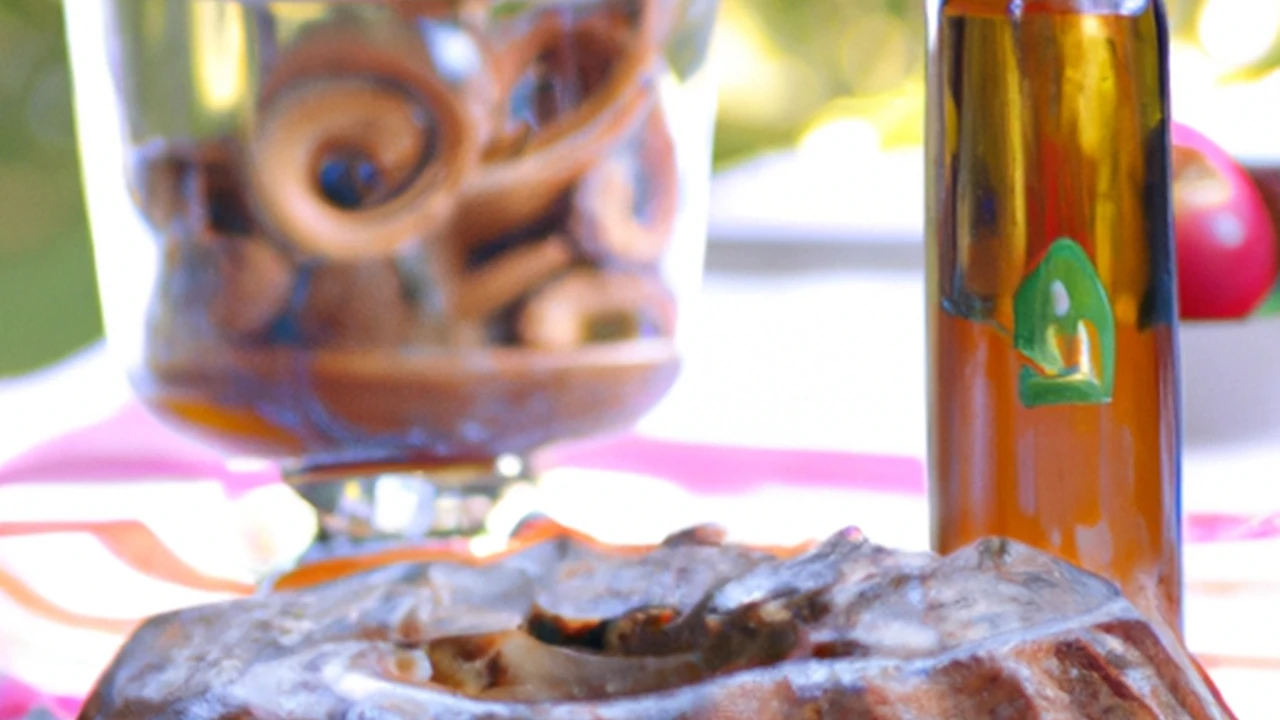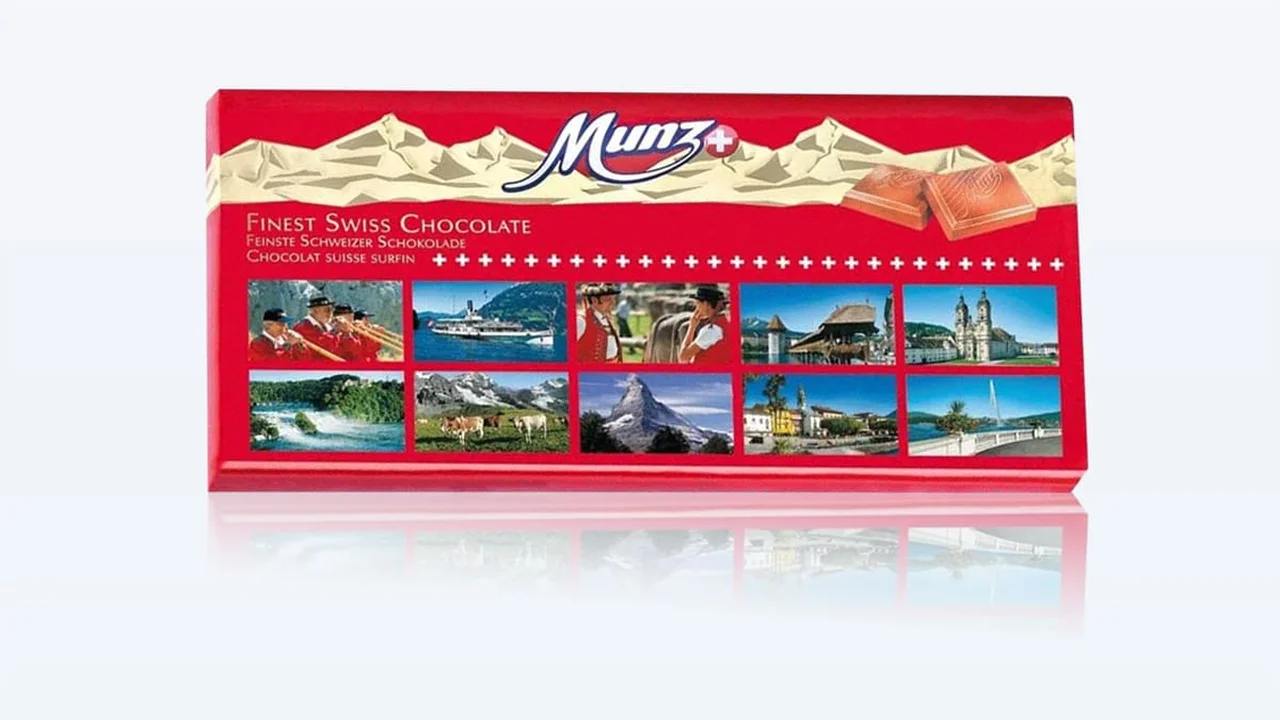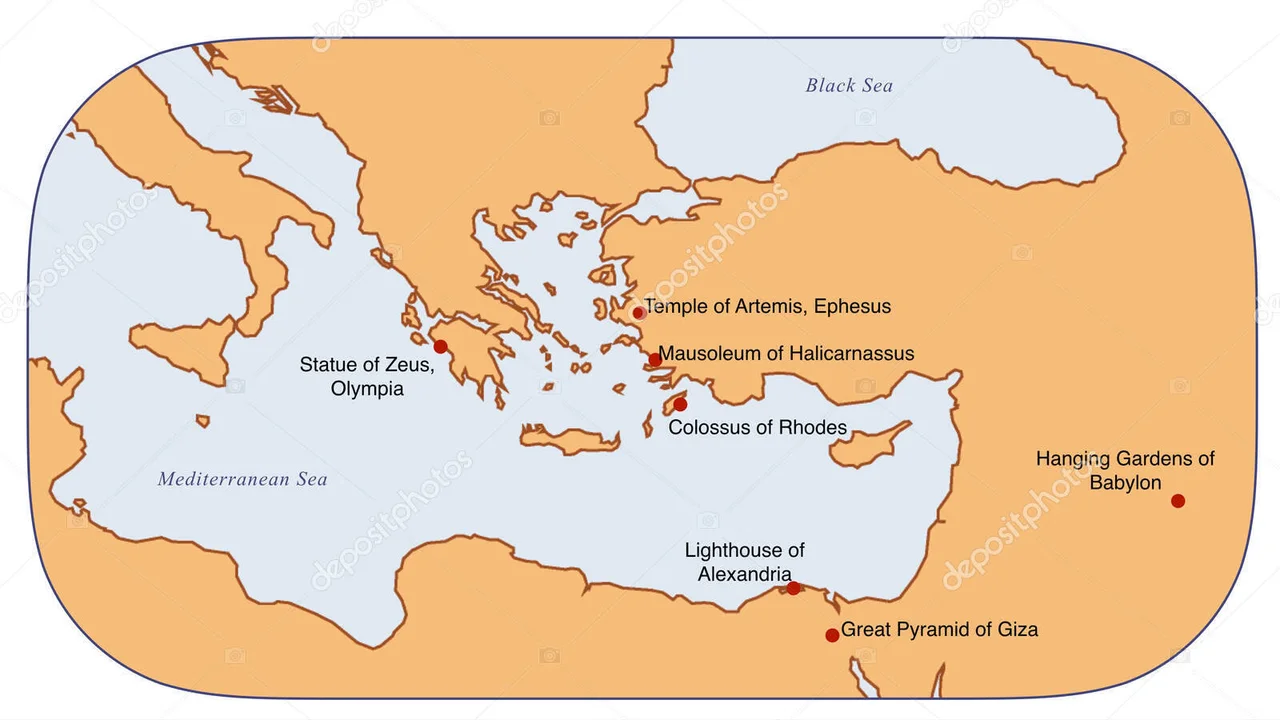German Beer Guide: A US Tourist's Introduction
Sample meta description.

Understanding German Beer Culture A Traveler's Guide
So, you're heading to Germany, land of sausages, castles, and, of course, beer! But German beer isn't just beer; it's a culture, a tradition, and a whole lot more complex than what you might find at your local bar back home. This guide is designed to give you, the curious US tourist, a crash course in the wonderful world of German beer. Forget everything you think you know about light lagers; we're diving deep into Reinheitsgebot, different styles, and how to order like a pro.
The Reinheitsgebot Purity Law A German Beer Foundation
First things first: the Reinheitsgebot, or German Beer Purity Law. Enacted in 1516 (yes, that's over 500 years ago!), it dictates that German beer can only be made with four ingredients: water, barley, hops, and yeast. While modern interpretations allow for some wiggle room (like using wheat for wheat beers), the Reinheitsgebot is still a cornerstone of German brewing. It's why German beer often tastes so clean and crisp. It also means no added preservatives or artificial flavors – just pure, delicious beer. This law ensures a consistent quality and taste across many German breweries, setting a high standard for beer production.
Navigating German Beer Styles A Comprehensive Overview
Now, let's talk styles. German beer isn't just "beer." There's a vast array to explore. Here are a few of the most popular:
- Pilsner: The most common style. Light, crisp, and refreshing, with a noticeable hop bitterness. Think of it as the German equivalent of a light lager, but with more flavor.
- Helles: Similar to Pilsner, but a bit maltier and less bitter. A great everyday beer.
- Weizenbier (Wheat Beer): Cloudy, fruity, and refreshing, with flavors of banana and clove. Perfect for a warm day. Often served with a slice of lemon, though purists might frown upon that.
- Dunkelweizen (Dark Wheat Beer): A darker, maltier version of Weizenbier, with notes of caramel and toffee.
- Kölsch: A light, crisp ale brewed in Cologne (Köln). Served in tall, thin glasses called "Stangen."
- Altbier: A copper-colored ale brewed in Düsseldorf. Malty, hoppy, and slightly bitter.
- Bock: A strong, malty lager, often brewed for special occasions.
- Doppelbock: An even stronger version of Bock, with rich, malty flavors. Often referred to with names ending in "-ator" (e.g., Salvator, Optimator).
- Schwarzbier (Black Beer): Dark in color, but surprisingly light and refreshing. Roasted malt flavors give it a coffee or chocolate character.
Don't be afraid to try them all! Each region in Germany often has its own specialty, so exploring different breweries is a must.
Ordering Beer Like a Local German Phrases and Etiquette
Okay, you know the styles, now how do you order? Here are a few key phrases:
- "Ein Bier, bitte." (A beer, please.) - The basic request.
- "Ein Pils, bitte." (A Pilsner, please.) - If you want a specific style.
- "Noch ein Bier, bitte." (Another beer, please.) - When you're ready for round two.
- "Prost!" (Cheers!) - Always say this before taking a sip, while making eye contact.
- "Danke." (Thank you.) - Good manners are always appreciated.
Also, be aware that German beer gardens often have a self-service section. You'll need to grab a glass, pay for a token, and then pour your own beer from the tap. Don't worry, it's easier than it sounds!
German Beer Recommendations Exploring Specific Brands and Flavors
Now for the fun part: recommendations! Here are a few specific German beers to look out for, along with tasting notes, suggested pairings, and where you might find them:
Augustiner-Kellerbier: Unfiltered Flavor and Tasting Notes
Description: This is an unfiltered, naturally cloudy lager from Munich. It's known for its balanced flavor, subtle hoppiness, and refreshing drinkability. Think of it as a more flavorful version of a Helles.
Tasting Notes: Slightly malty, with hints of honey and bread. A subtle hop bitterness provides a clean finish.
Pairing Suggestions: Perfect with traditional Bavarian dishes like pretzels, sausages, or roast pork.
Availability: Primarily found in Munich and Bavaria, but some specialty beer stores in the US might carry it.
Price: Expect to pay around €3-€4 for a Maß (liter) in a beer garden in Munich. In the US, a six-pack might cost around $12-$15.
Usage Scenario: Ideal for a sunny afternoon in a beer garden, or with a hearty meal.
Weihenstephaner Hefe Weissbier: A Classic Wheat Beer Experience
Description: This is arguably the best-known and most highly regarded German wheat beer. It's brewed by the oldest brewery in the world, Weihenstephan, and is a benchmark for the style.
Tasting Notes: Classic wheat beer flavors of banana and clove, with a slightly spicy finish.
Pairing Suggestions: Great with light salads, seafood, or even desserts like apple strudel.
Availability: Widely available in the US and Europe.
Price: A six-pack typically costs around $10-$12 in the US.
Usage Scenario: A perfect beer for brunch, a picnic, or any time you want something refreshing and flavorful.
Aecht Schlenkerla Rauchbier Märzen: Smoky Flavor and Unique Experience
Description: This is a smoked beer from Bamberg, Germany. It's made with malt that has been smoked over beechwood fires, giving it a distinctive smoky flavor.
Tasting Notes: Intense smoky flavor, reminiscent of bacon or campfire. Some find it challenging at first, but it's an acquired taste that many beer lovers swear by.
Pairing Suggestions: Pairs well with grilled meats, smoked cheeses, or hearty stews.
Availability: Can be found in some specialty beer stores in the US and is more readily available in Europe.
Price: A bottle might cost around $4-$6 in the US.
Usage Scenario: Best enjoyed on a cold evening, perhaps by a fireplace, or as a unique pairing with a barbecue.
German Beer Glassware A Guide to Proper Presentation
The glass matters! Different beer styles are traditionally served in specific types of glasses. Here's a quick guide:
- Pilsner Glass: Tall and slender, to showcase the beer's clarity and carbonation.
- Weizen Glass: Tall and curved, to accommodate the beer's large head.
- Kölsch Stange: Tall and thin, like a test tube.
- Masskrug (Beer Stein): A large, heavy mug, typically holding a liter of beer.
Using the right glass enhances the aroma and flavor of the beer.
German Beer Gardens The Ultimate German Beer Experience
No trip to Germany is complete without visiting a beer garden! These outdoor spaces are a central part of German culture, offering a relaxed atmosphere, communal tables, and of course, plenty of beer.
What to expect: Long wooden tables, often shaded by chestnut trees. Self-service beer and food. A lively atmosphere with people of all ages. Live music is sometimes featured.
Etiquette: It's customary to share tables with strangers. Don't be afraid to strike up a conversation! Tip your server when ordering at the table.
German Beer vs American Beer A Comparative Analysis
While both countries have a rich brewing history, there are some key differences between German and American beer. German beer tends to be more focused on tradition and adherence to the Reinheitsgebot, while American beer is often more experimental and innovative.
German Beer: Generally cleaner and crisper, with a focus on malt and hop balance. More traditional styles are prevalent.
American Beer: Often more hop-forward, with a wider range of styles and experimental ingredients. Craft brewing is a major force.
Both offer fantastic beers, but they cater to different tastes.
Navigating German Beer Prices and Value
Beer prices in Germany are generally quite reasonable, especially compared to other Western European countries or the US. Expect to pay around €3-€5 for a half-liter (0.5L) of beer in a bar or restaurant. Beer garden prices can be slightly lower. Supermarket prices are even cheaper.
Tips for saving money: Buy beer at supermarkets or Getränkemärkte (beverage markets). Look for happy hour specials. Share a Masskrug with a friend (if you're feeling generous!).
German Beer Festivals A Celebration of Brewing Heritage
If you're lucky enough to be in Germany during a beer festival, don't miss it! These events are a celebration of German brewing heritage, with a wide variety of beers, food, and entertainment.
Oktoberfest: The most famous beer festival in the world, held in Munich every year. A massive celebration of Bavarian culture.
Cannstatter Wasen: Another large beer festival, held in Stuttgart.
Smaller regional festivals: Many towns and cities throughout Germany have their own local beer festivals.
Be prepared for crowds, loud music, and plenty of beer!
:max_bytes(150000):strip_icc()/277019-baked-pork-chops-with-cream-of-mushroom-soup-DDMFS-beauty-4x3-BG-7505-5762b731cf30447d9cbbbbbf387beafa.jpg)






